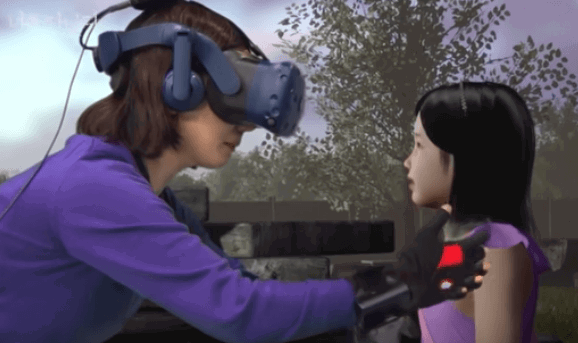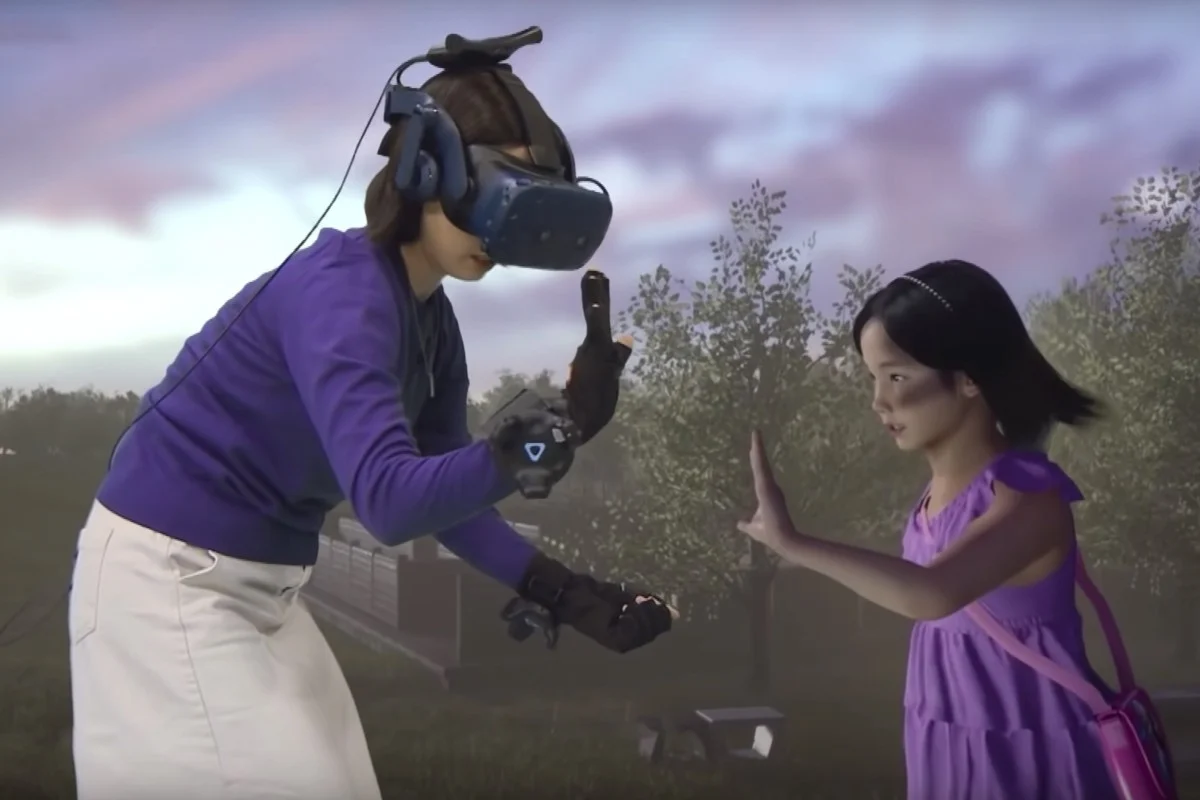
MBC, a South Korean television channel, recently aired a moving documentary titled "Meeting You," which tells the story of Neon, a young girl who tragically passed away. The documentary explores the use of virtual reality technology to create a final farewell between Neon and her family.
Neon was a vibrant and humorous seven-year-old girl who battled a life-threatening disease called SHS, which caused uncontrolled growth of blood cells in her body. The documentary utilizes photogrammetry technology, video photography, and virtual reality to recreate heartwarming memories from Neon's life.

In one emotional scene, Neon's mother, Ji-sung, dons virtual reality glasses to meet a virtual version of her daughter at their home. They share tender moments, such as celebrating Neon's birthday and enjoying her favorite seaweed soup. Despite the language barrier, the intensity of Ji-sung's emotions transcends words and conveys a deeply human connection.
While some may view this as a cynical attempt to boost ratings, it raises ethical questions about recreating deceased loved ones with such accuracy and fidelity. Is it an unnecessary innovation or a legitimate coping strategy for grieving families?
The family acknowledges that they cannot erase the painful reality of Neon's loss but cherishes these virtual encounters as a bittersweet parting that transcends the confines of a hospital bed. Death takes on a hauntingly cinematic quality in this context.
Initially, one may harbor cynical thoughts about the authenticity of such virtual reunions. However, as the documentary unfolds, the profound impact of these moments becomes difficult to ignore. The virtual recreation of Neon took eight months to complete, employing various techniques, including the creation of a virtual child by South Korean Vive Studios.
Photogrammetry, a 3D imaging technique, was used to capture high-resolution images, while artificial intelligence and voice recognition integration allowed for basic conversations with the virtual Neon. The studio relied on family interviews and videos to generate responses and make the experience as authentic as possible.
In summary, the concept of reviving the image of deceased individuals is not entirely new, with examples ranging from Fred Astaire's dance with a virtual partner to holographic performances of Tupac. However, the use of virtual reality technology to reunite a mother with her deceased daughter raises profound questions about the nature of reality and human connection.
While some may find it challenging to watch, the documentary "Meeting You" serves as a poignant exploration of grief, love, and the lengths we may go to find solace in the digital realm.
You're welcome to watch, but for me it was hard to watch!
Article by Amit Caesar


